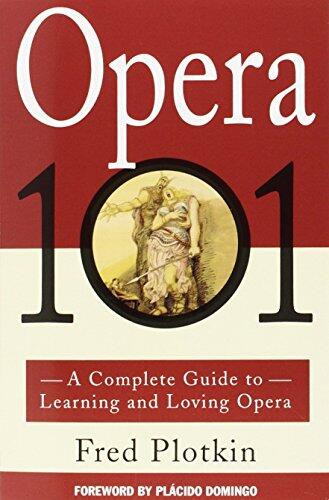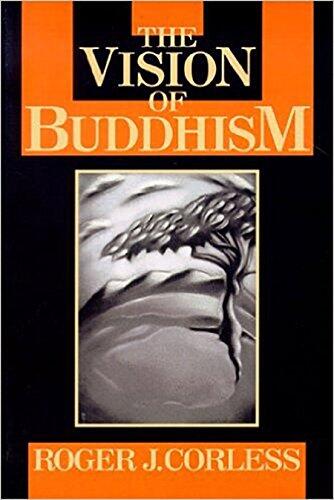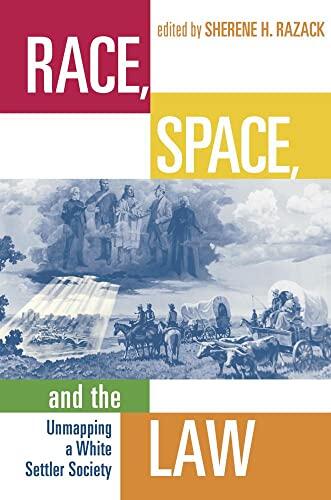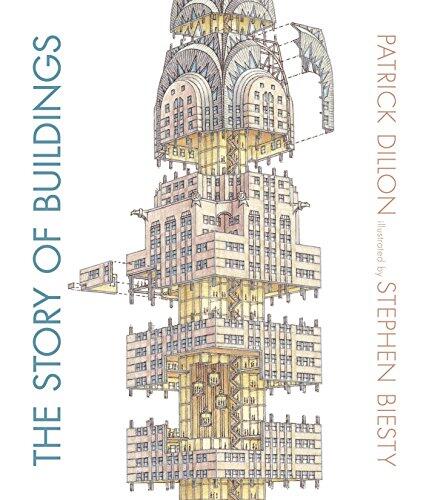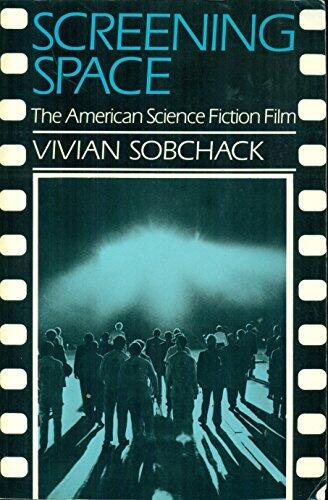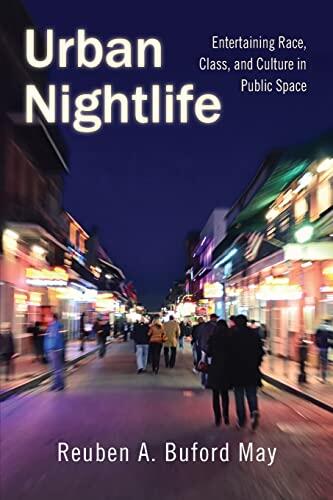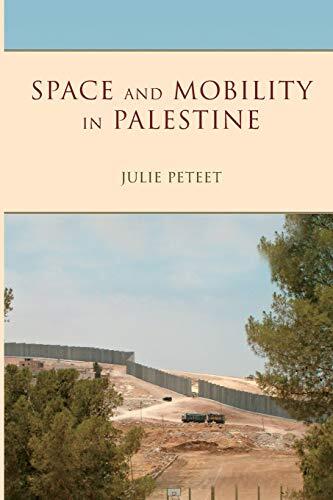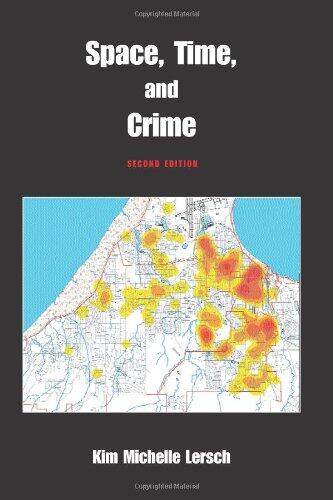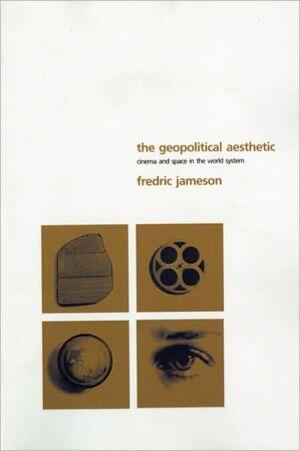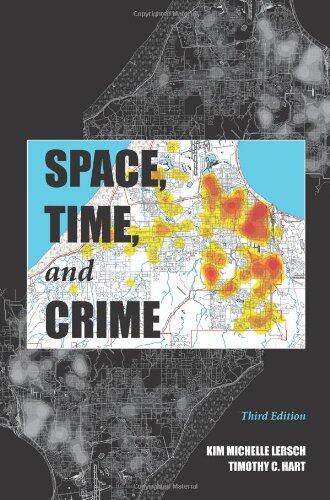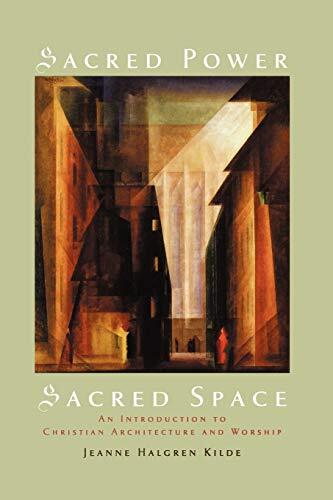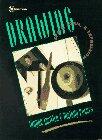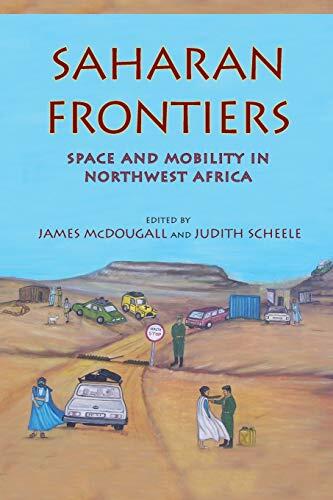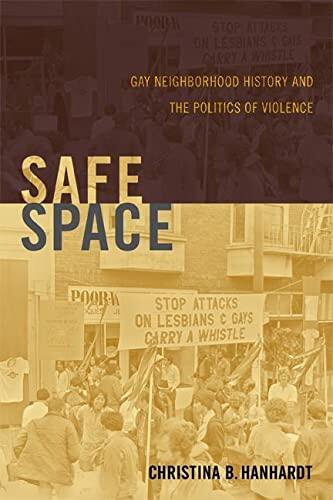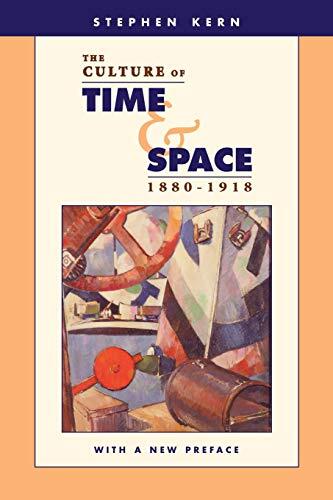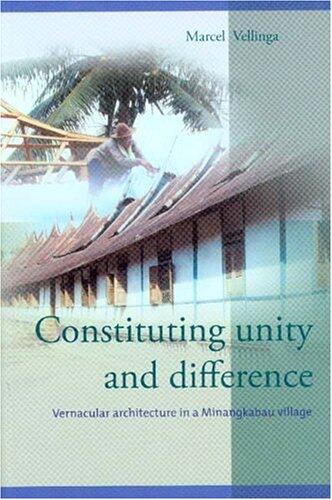
Constituting Unity and Difference: Vernacular Architecture in a Minangkabau Village
przez
Marcel Vellinga
Brak ocen
History
Format
Miękka okładka
Strony
352
Język
Angielski
Opublikowany
Jan 1, 2004
Wydawca
Kitlv Press
Wydanie
Illustrated
ISBN-10
9067182303
ISBN-13
9789067182300
Opis
Marcel Vellinga explores the intricate relationship between unity and diversity in vernacular architecture within a Minangkabau village. The work, an evolution of his doctoral thesis from Leiden University, delves deep into the cultural significance of building practices that reflect the unique identity and values of the Minangkabau people. Through a meticulous analysis of architectural styles, materials, and community interactions, Vellinga uncovers how these structures serve as both physical and symbolic expressions of local traditions.
The book highlights the interplay between the environment and social structures, illustrating how architecture is not merely functional but also a vital contributor to community cohesion. Vellinga’s research offers readers a window into how vernacular homes and public spaces encapsulate the complex narrative of a society deeply rooted in matrilineal principles and communal living.
Richly illustrated and supported by a comprehensive bibliography, this work stands as a significant contribution to the understanding of regional architecture and cultural identity. It appeals not only to scholars of architecture and anthropology but also to anyone interested in the ways we construct our living spaces in relation to our cultural heritage.
The book highlights the interplay between the environment and social structures, illustrating how architecture is not merely functional but also a vital contributor to community cohesion. Vellinga’s research offers readers a window into how vernacular homes and public spaces encapsulate the complex narrative of a society deeply rooted in matrilineal principles and communal living.
Richly illustrated and supported by a comprehensive bibliography, this work stands as a significant contribution to the understanding of regional architecture and cultural identity. It appeals not only to scholars of architecture and anthropology but also to anyone interested in the ways we construct our living spaces in relation to our cultural heritage.
Recenzje
Nie ma jeszcze recenzji
Bądź pierwszy, aby zrecenzować tę książkę i podziel się swoimi przemyśleniami
Dodaj pierwszą recenzjęDziennik czytania
Nie znaleziono dzienników czytania
Zacznij śledzić swój postęp w czytaniu, aby zobaczyć logi tutaj
Dodaj swój pierwszy dziennik czytaniaNotatki
Dziennik transakcji
Nie znaleziono dzienników transakcji
Zacznij śledzić swoje transakcje książkowe, aby zobaczyć logi tutaj
Dodaj swój pierwszy dziennik transakcji